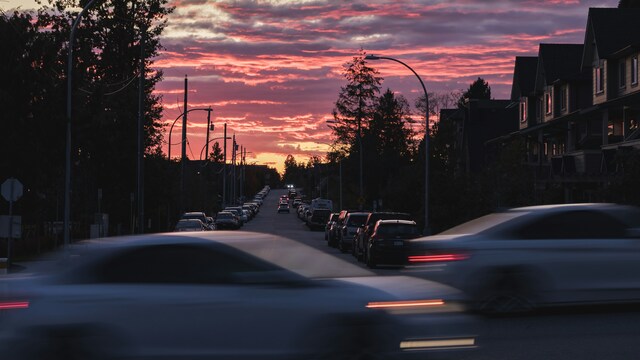Moorabool mayor Pat Toohey is confident that the council is doing
enough to cater for a growing population, with the shire being touted as
a hot spot for property investment in the coming years.
More than 17 per cent of Moorabool’s residents live in rental accommodation, generating a median rent of $300 per week.
The area has been named among Australia’s hottest areas to invest by Sky News’ business channel.
Sweeney Estate Agents Bacchus Marsh director Rick Fergusson agreed
Moorabool was a land of opportunity. “People are choosing places out
here because it’s the best of both worlds,” he said.
“We’ve got that country feel and lifestyle, yet we have all the modern touches and features and a close proximity to the CBD.”
Property Success
Cr Toohey said the council was committed to managing development carefully in Bacchus Marsh and the shire’s smaller towns.
Mr Fergusson agreed that the council was generally keeping up with population growth.
“More could potentially be done for the area’s roads and
infrastructure, but we’ve got enough and the right dwellings to
accommodate a full-scale population boom.”
Moorabool Residents Network president and 25-year Bacchus Marsh
resident Marg Scarff said she believed affordable housing and
availability were drawing investors in residential and commercial real
estate.
“That is and will remain what brings people in. However I think
it’s only being called a ‘hot spot’ because developers are declaring it
such to promote it to further development.”
Ms Scarff said she feared infrastructure wouldn’t keep up.
“I don’t think we’re anywhere near ready for a big population
increase, the town centre is already under gridlock between 4 and 7pm.
Development needs to be halted until the traffic situation is under
control.’’
Cr Toohey said the Moorabool 2041 plan, adopted by the council last year, would position the shire for more growth.
The plan is designed to provide the social and
physical infrastructure to support projected population growth of
45,000-50,000 people in the next three decades.






